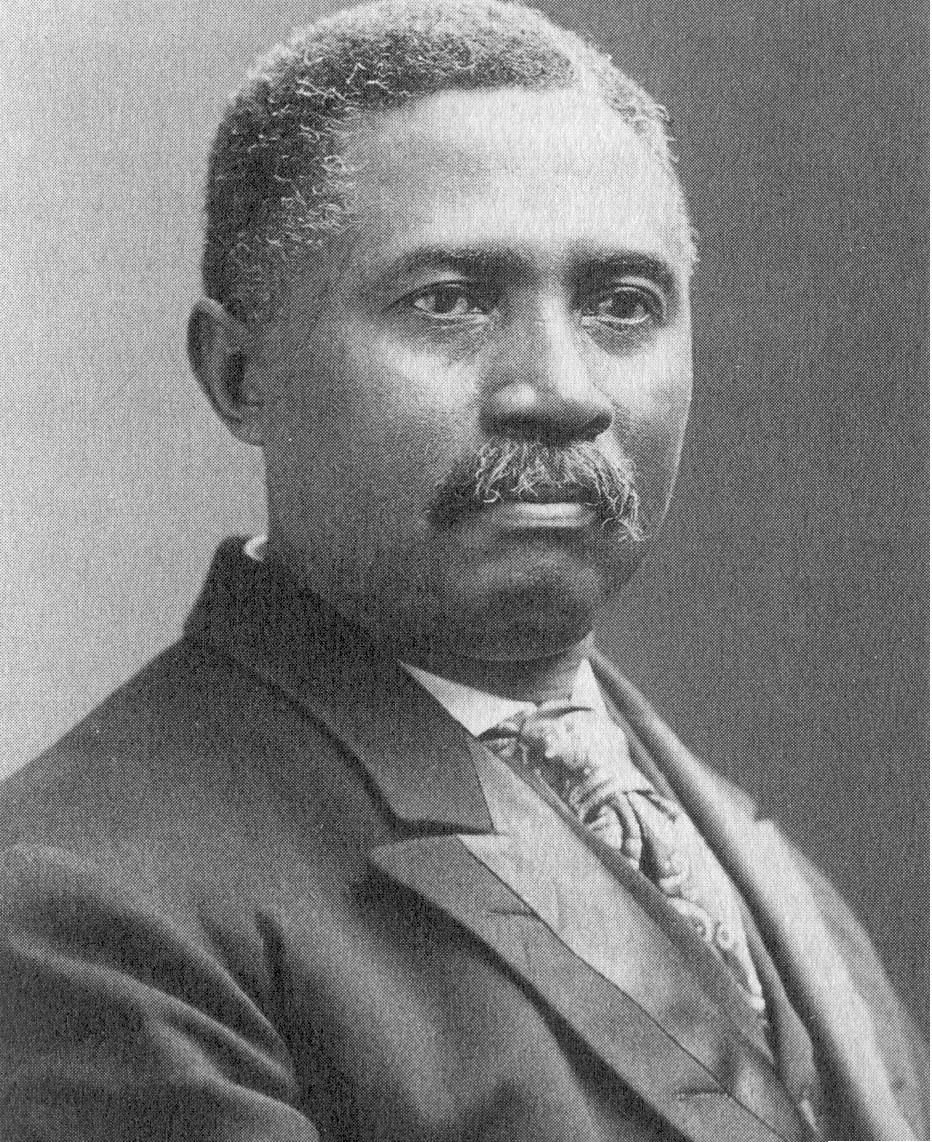FUSIONISTS
In the 1890's, a "fusion" party was formed in North Carolina and several other southern states between the predominantly black Republican party and the Populist party composed largely of white farmers, many of whom were financial pressed by the falling price of cotton. The "fusionists" were particularly successful in North Carolina, winning the state elections in 1894 and 1896, the governorship in 1896, and the municipal election that was held in Wilmington in 1897.Three of the most important "fusion" political leaders in the Wilmington and eastern North Carolina area were John Campbell Dancy, Silas B. Wright, and George W. White.

John Campbell Dancy was the Customs Officer of the Port of Wilmington, a position of considerable importance in what was in 1898 still one of the leading ports of the South. Dancy was reviled by many whites in Wilmington, who resented his high salary ($4000 per year, the highest government salary in the state). Dancy returned to Wilmington shortly after the riot, leaving in 1901 for a position in Washington, D.C..

Silas P. Wright was the first elected mayor of the City of Wilmington, having been selected in a hotly contested and legally confusing election in 1897. He fled for his life the night of November 10, 1898.

George P. White was an outspoken Republican political leader, two-term Congressman from the "Black 2nd" (northeastern North Carolina). He introduced the first anti-lynching legislation into the Congress (it was defeated), founded the first black bank, and, after leaving North Carolina in the wake of Black disenfranchisement in 1901, founded an all black community called Whiteville near Trenton, New Jersey. After White left, it would be seventy years before North Carolina sent another African American to the U.S. Congress.return to Table of Contents
link to Chapter 2.2:
POLITICAL LEADERS: DEMOCRATS